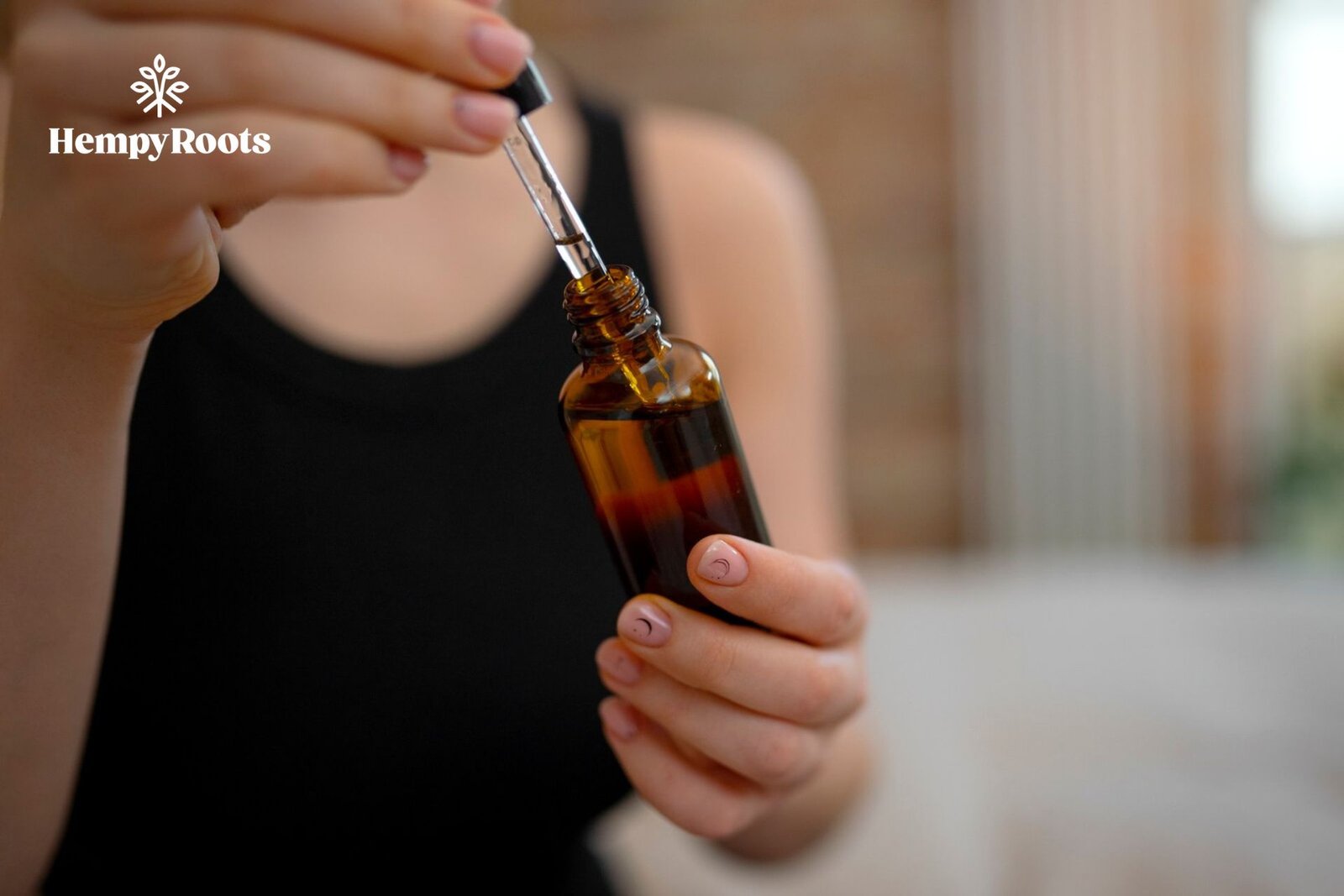Why does the right CBD dosage make all the difference?
Using too little CBD often leads to frustration: symptoms persist and the product doesn’t seem to “work”. On the other hand, excessive doses increase the likelihood of drowsiness, gastrointestinal discomfort and unnecessary expense. Getting the dose right has three clear advantages: efficacy, because relief comes more predictably; safety, because the risk of adverse effects is lower; and economy, because the bottle of oil or capsules lasts longer.
Factors influencing CBD dosage
The amount of CBD that makes a difference for one person may be too little or too much for another. This is because the response to cannabidiol depends on three sets of factors.
- Individual characteristics – body weight, fat composition and metabolic rate all influence the distribution of CBD in the body. Those who are lighter or have a slow metabolism generally need fewer milligrams.
- Therapeutic goal – relieving mild anxiety doesn’t require the same dose as controlling chronic pain or muscle spasms. The more intense or systemic the symptom, the higher the final dose tends to be.
- How it’s taken – sublingual drops enter the bloodstream in 15-30 minutes, while capsules can take up to 90 minutes and ointments work almost exclusively where they are applied. The speed and bioavailability vary, so does the dose.
How to calculate your starting dose
A practical formula consists of multiplying body weight by 0.25 mg. A 70 kg person, for example, would start with around 18 mg a day. This is just a starting point – those who have never used cannabinoids should consider even less, around 10 – 12 mg.
Once this initial dose has been set, divide it into two doses, morning and evening, to maintain constant levels and observe tolerance.
Start low, go slow” rule
During the first week, stick to the basic CBD dosage. If relief is insufficient and no unwanted effects appear, increase by 5 mg per week. The slow pace has two uses: it quickly identifies the lowest effective dose and avoids sudden jumps that could cause dizziness or fatigue.
A realistic example for those who started with 15 mg/day would be:
- Week 1: 7.5 mg upon waking + 7.5 mg before bedtime.
- Week 2: 10 mg + 10 mg (total 20 mg).
- Week 3: 12.5 mg + 12.5 mg (total 25 mg), and so on until you feel stable relief.
Most users find daily comfort between 20 and 40 mg, but there are those who need less than 15 mg and those who exceed 50 mg – especially in cases of resistant pain.
Tools for easy adjustment
Keeping a diary – on paper or in an app – helps you notice patterns. Write down the time, dose, symptoms before and after, mood and sleep quality. In a few weeks you’ll have concrete data to discuss with your doctor. If you prefer something ready-made, download the HempyRoots Symptom Diary (free PDF) and keep it with your health records.
Signs that you should adjust the dose
- Go up a few milligrams: the central symptom remains the same after an hour (in the case of sublingual oil) or three hours (with capsules).
- Lower the dose: excessive sleepiness during the day, a “heavy” head or a sharp drop in blood pressure.
- Keep it as it is: consistent feeling of well-being, more restful sleep and no adverse effects.
Common mistakes that hinder the result
A common mistake is to confuse “mg of oil” with “mg of CBD”. The label should indicate how many milligrams of cannabidiol are in each ml or capsule. Another slip-up is to increase the dose every day: this masks the real effectiveness of each level and can lead to unnecessary expenditure. Finally, never ignore drug interactions – anticoagulants, some antidepressants and epilepsy drugs require extra vigilance.
Frequently asked questions
How long does CBD take to take effect?
Between 5 min (vape) and 90 min (edible), depending on the format.
Can I take CBD several times a day?
Yes, as long as the daily total is within the target dose and does not cause excessive drowsiness.
Does CBD accumulate in the body?
When taken regularly, stable levels appear after 5-7 days, but there is no “toxic accumulation” at the usual doses.
Conclusion
Finding your ideal dose of CBD requires patience, diligent record-keeping and, where possible, professional guidance. Start with a low dose, adjust gradually and keep an eye on your body’s signals.


